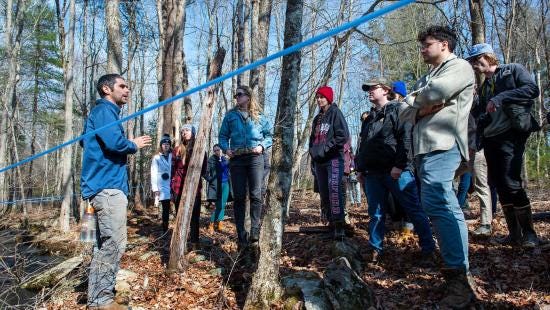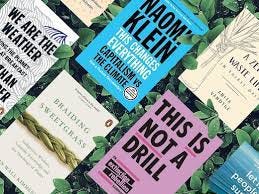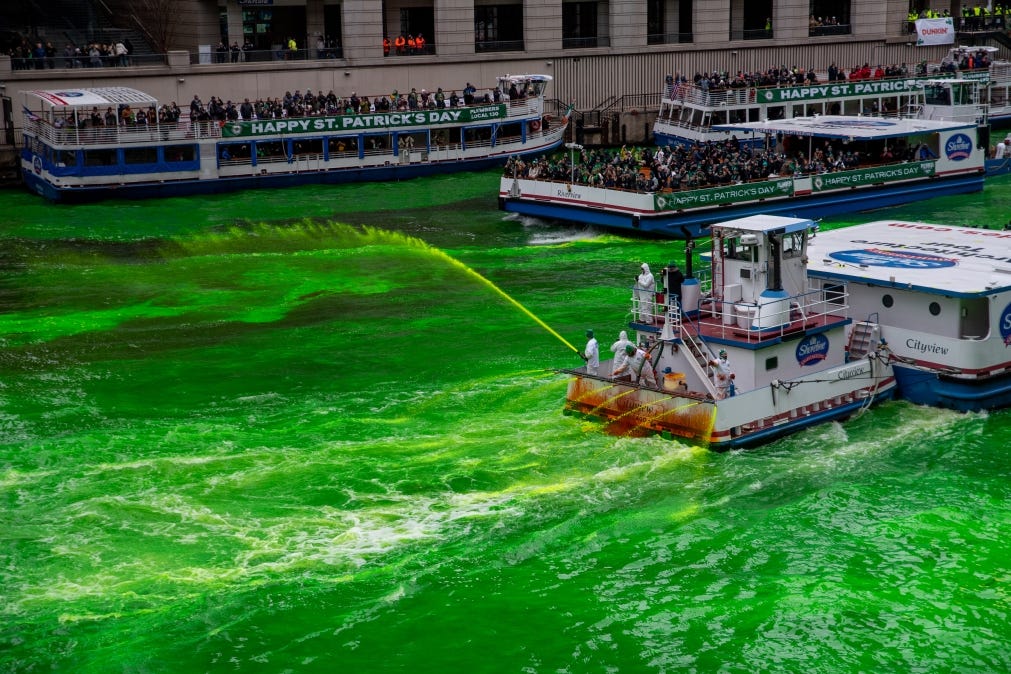Hi! Sorry, greenwashing will not be discussed this week, but I do plan on it in the future. Let me know any questions or thoughts you may have about it that I can discuss!
The quick history of the Chicago St. Patrick’s Day tradition
While the 61 year-old tradition of dyeing the Chicago river green is supposedly not harmful (chemical-wise), today’s message, to objectify a water source is quite harmful, although its intentions didn’t start out that way.
According to NPR, Chicago Mayor Richard J. Daley of 1955 encouraged the discovery of finding sewage within the water source, the green dye identifying leaky pipes. For several years prior, increased efforts were spent trying to clean the river, building designated waste treatment plants and “a canal that that permanently reversed the flow of the river.”
Seven years later, the Plumbers Local Union kickstarted the current tradition, dumping 100 pounds of oil-based emerald green dye laden with chemicals, the pigment retaining its color for a whole week. In 1966, the dye was successfully changed to the current formula, an orange vegetable-based powder, now lasting only a few days. However, Margaret Frisbie, executive director of Friends of the Chicago River, claims Illinois EPA has never regulated this formula, which is not known to the public.
And although the dye used in the river is said to be harmless, advocacy groups such as the Friends of the Chicago River are worried the practice encourages copycats who may be using unapproved dye in other portions of the river.
Other U.S. cities, like San Antonia, Tampa, Indianapolis and Savannah, GA, have all joined in, attempting to match the WIndy City’s elaborate spectacle.

Other sources: Enjoy Illinois, Smithsonian Magazine, ABC7 Chicago
Is maple syrup sustainable?
While the answer is complicated, the process is signficantly more efficient than in years past.
According to Mark Isselhardt, a maple specialist at the University of Vermont Extension’s Proctor Maple Research Center, “The [maple harvest] season is starting earlier, it’s ending earlier, and the overall duration [has] compressed by roughly 10 percent over the last 60 years.” However, some maple farmers believe they’re not seeing the effects of climate change on sap production yet, thanks to inovative, more efficient new techonologies.
From Sierra Club,
Reverse osmosis machines, evaporators, plastic tubing to link trees and ease collection, and vacuum pumps to aid sap flow by artificially lowering pressure within the tubing (sap flows when pressure is greater inside the trees than outside) farmers are producing more syrup than ever before, reducing labor and resources while increasing efficiency and yields. Technology isn’t making the difference alone, Isselhardt clarifies. Altered basic practices, such as simply keeping a closer eye on the weather, play an equally pivotal role.

Despite this, it’s clear weather is changing, and not for the better. According to Pressman and Burke, “A decline in maple syrup yield has been associated with warming spring temperatures during the critical sugaring period, as well as with increases in summer drought frequencies.”1
So what does this mean about maple syrup?
Simply put, says, Kathy Smith, OSU Extension’s program director for forestry, “Harvesting sap to make syrup is sustainable.” (OSU Sustainability Institute)
Likewise, by incentivizing their product, forests can become financial gains for farmers and landowners who would otherwise be timbering them or selling to developers. Not to mention, 2.5 acres of diverse woods can hold about 100 tons of carbon, according to Project Drawdown. The entirety of Maine’s 7.2 million acres of maple, beech, and birch forest store ~550 million tons of carbon (Civil Eats).
It is simply extracting a natural resource, but that justification means nothing when compared to mining fossil fuels. Yet maple syrup is a condiment (I guess?), not an energy source. What are your thoughts?
Check out…

25 Sustainable and Ethical Books (Sustainable Baddie)
What is ‘green hushing’? The new negative sustainability trend, explained (Fast Company)
The concrete that helps the climate (BBC)
Wrap-up
Hope you enjoyed reading!
Andy Pressman and Sharon Burke, NCAT Agricutural Specialists. Maple Sugaring: An Introduction to Small-Scale Commercial Production.




